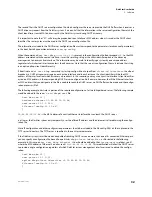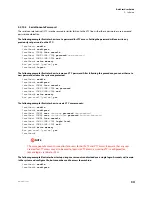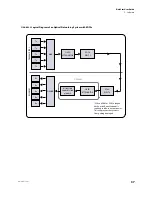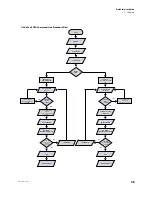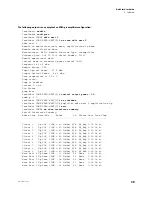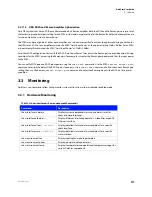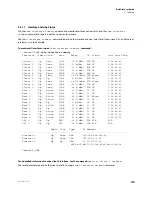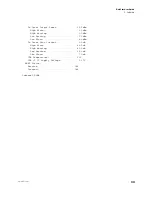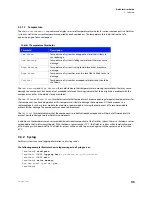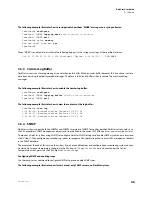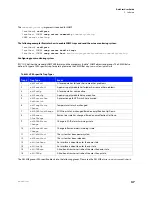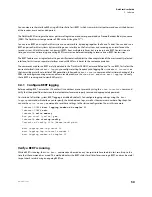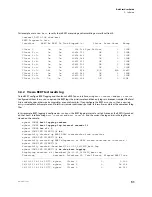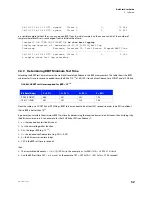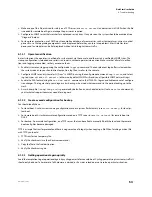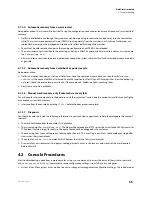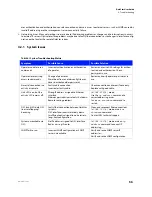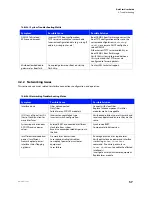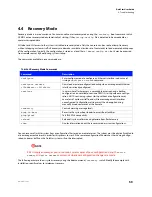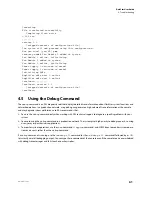
46
DarkStar User Guide
3: Software
www.xkl.com
The following example illustrates how to send periodic heartbeat “MARK” messages to a syslog collector:
localhost#
configure
localhost CONF#
logging mark
mark-interval-in-minutes
localhost CONF#
exit
localhost# write
memory
Are you sure? [yes/no]
yes
localhost#
When “MARK” is enabled, a line similar to the following appears in the syslog server logs at the specified interval:
Oct 31 17:54:20 10.15.1.153 localhost (Uptime: 0:01:38:36) -- DXM MARK --
3.3.3 Circular Log Buffer
DarkStar systems can store log messages in a volatile circular buffer. When a circular buffer becomes full, it continues to store
data by overwriting the oldest recorded messages. Therefore, a full circular buffer will only contain the most recent log
messages.
The following example illustrates how to enable the circular log buffer:
localhost#
configure
localhost CONF#
logging buffer
buffer-size-in-messages
localhost CONF#
exit
The following example illustrates how to view the contents of the log buffer:
localhost#
show log
0:01:45:15: Authentication Success 10.15.1.98
0:01:46:17: Authentication Failure 10.15.1.98
0:01:46:22: Authentication Success 10.15.1.98
3.3.4 SNMP
DarkStar systems support both the SNMPv1 and SNMPv2c versions of SNMP. To monitor detailed DarkStar system status, use
the XKL-proprietary SNMP management objects and traps defined in the current XKL MIB (see h
ttp://www.xkl.com/pdf/xkl.mib
).
To monitor a DarkStar system using SNMP, first configure DarkStar SNMP settings and enable SNMP asynchronous alarms and
alerts (“traps”), then configure your monitoring system to recognize XKL-specific traps and to access XKL management objects
in the SNMP database.
The example at the end of this section shows how, if you have enabled traps and configured your monitoring system, you can
be warned of a sensor temperature change (via the XKL trap
xklTempStatusChange
) and can monitor the Celsius
temperature at that point (via the XKL object
xklSensorTemp
).
Configuring SNMP and enabling traps
Use the snmp-server command to configure SNMP settings and enable SNMP traps.
The following example illustrates how to start a read-only SNMP server on a DarkStar system:

